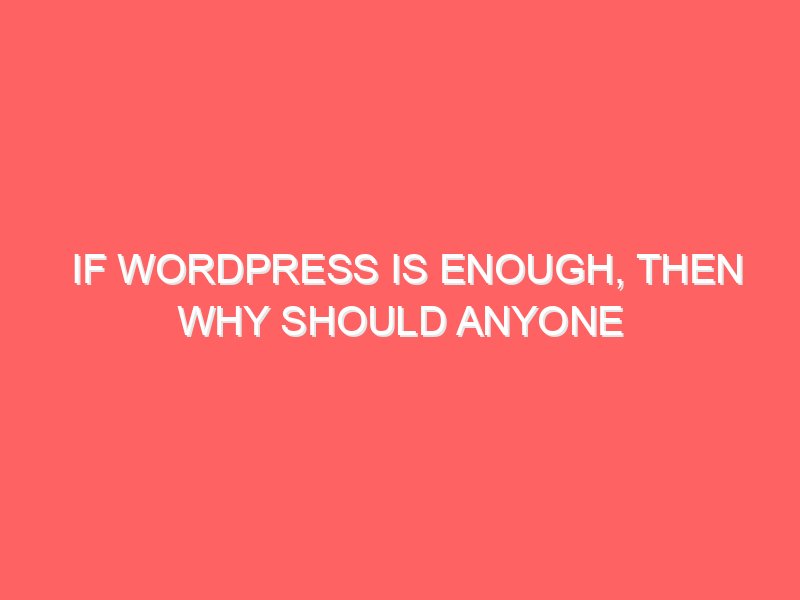Choosing the right web development path can feel overwhelming, especially with so many options available today. In 2025, developers commonly compare Full Stack vs MERN and MEAN to decide which direction best fits their skills, career goals, and market demand. Whether you’re a beginner or planning to upskill, understanding the differences between these paths will help you choose the most rewarding journey.
In this guide, we break down each path, compare their technologies, job opportunities, advantages, and help you make the right decision for your career in 2025.
⭐ Understanding the Three Paths
Before comparing Full Stack vs MERN, let’s understand what each term means.
1. What Is Full Stack Development?
Full Stack development means working on both:
- Frontend (user interface)
- Backend (server, database, APIs)
A Full Stack developer uses multiple technologies, not tied to any one specific stack.
Full Stack typically includes:
- Frontend: HTML, CSS, JavaScript, React, Angular, or Vue
- Backend: Node.js, Python (Django/Flask), Java (Spring Boot), PHP (Laravel), Ruby on Rails
- Database: MySQL, PostgreSQL, MongoDB, or Redis
- Version control, deployment, cloud, and API handling
Full Stack is the broadest path, giving developers freedom to choose from many tools.
2. What Is MERN Stack?
MERN = MongoDB + Express.js + React + Node.js
It is one of the most popular stacks in 2025 because it uses the same language (JavaScript) for both frontend and backend.
Why MERN is popular:
- React dominates the front-end market
- Fast development
- Highly scalable
- Perfect for modern web apps and startups
3. What Is MEAN Stack?
MEAN = MongoDB + Express.js + Angular + Node.js
MEAN is similar to MERN but replaces React with Angular, a full-fledged framework.
Why MEAN is chosen:
- Enterprise-grade structure
- Built-in TypeScript
- Strong for large, complex applications
- Clear architecture and rules
🔥 Full Stack vs MERN vs MEAN: The Key Differences
Let’s break down the major differences to help you understand how each path compares in 2025.
1. Learning Curve
Full Stack
- Depends on the languages you choose
- Can feel overwhelming due to multiple combinations
MERN
- Considered beginner-friendly
- JavaScript across entire stack
- Huge community support
MEAN
- Angular is harder than React
- Involves TypeScript from the start
- Better for those who like structured learning
Winner: MERN (easiest path for beginners)
2. Frontend Development Style
React (MERN)
- Component-based
- Flexible
- Fast-growing ecosystem
- Ideal for SPAs and modern UIs
Angular (MEAN)
- Opinionated and structured
- Powerful CLI
- Two-way data binding
- Best for enterprise applications
Full Stack
- Freedom to choose (React, Vue, Angular, Svelte, etc.)
Winner: Depends on preference
- Companies prefer React for startups
- Corporations prefer Angular
3. Backend Development
Both MERN and MEAN use Node.js + Express.js, meaning backend experience is similar.
Full Stack allows using:
- Node.js
- Python
- Java
- PHP
- Ruby
This flexibility is ideal if you want broad backend knowledge.
Winner: Full Stack (flexibility)
4. Job Market in 2025
MERN Stack Developers
- High demand in startups
- Most popular full stack hiring choice in 2025
- Excellent freelancing opportunity
MEAN Developers
- High demand in enterprise companies
- Used in banking, healthcare, government apps
Full Stack Developers
- Highest overall demand
- Companies prefer versatile developers
- Great for becoming a tech lead or backend engineer later
Winner: Full Stack (widest opportunities)
5. Salary Comparison in 2025 (Approximate)
| Path | Salary Range |
|---|---|
| Full Stack | Highest – due to versatility |
| MERN | High – especially in startups |
| MEAN | High – in enterprise roles |
Winner: Full Stack
6. Project Types You Can Build
Full Stack
- SaaS platforms
- Marketplaces
- Large-scale applications
- Corporate dashboards
MERN
- Social media apps
- Chat apps
- E-commerce sites
- Real-time dashboards
MEAN
- Enterprise apps
- Banking portals
- Admin dashboards
- Large management systems
🎯 Full Stack vs MERN: Which One Should You Choose?
When choosing between Full Stack vs MERN, consider these factors:
✔ Choose Full Stack if:
- You want maximum job opportunities
- You love flexibility
- You want to learn more than one backend language
- You aim for roles like Tech Lead or Software Architect
- You’re planning a long-term development career
Full Stack = Best for career growth and variety.
✔ Choose MERN if:
- You want the easiest entry into web development
- You prefer React (the most in-demand UI library in 2025)
- You want JavaScript-only development
- You love building modern, fast, user-friendly apps
MERN = Best for beginners and startup jobs.
✔ Choose MEAN if:
- You prefer Angular’s structured framework
- You want TypeScript by default
- You plan to work in enterprise or government projects
- You like predictable architecture and clean patterns
MEAN = Best for large-scale enterprise apps.
⭐ Final Recommendation for 2025
If you’re comparing Full Stack vs MERN, here’s the simplified answer:
👉 Choose Full Stack if you want long-term career flexibility and the highest demand.
👉 Choose MERN if you want the fastest path to becoming a modern web developer.
👉 Choose MEAN if you want to specialize in Angular and enterprise applications.
No matter which one you choose, all three paths are strong, future-proof, and offer high-paying job opportunities in 2025.



